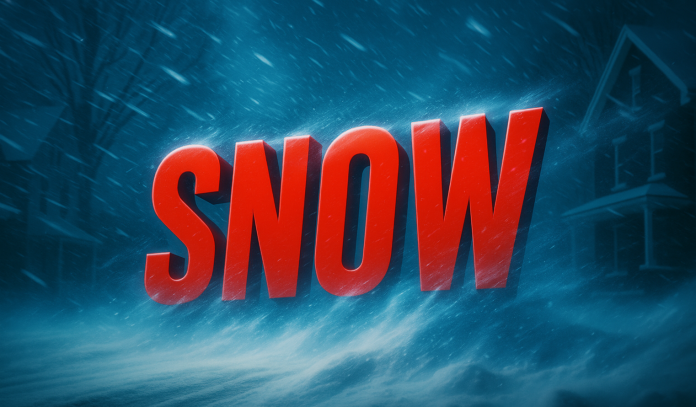Washington, D.C. – SNOW! As winter weather sweeps across the nation, the National Weather Service (NWS) is urging residents to know the difference between a Winter Storm Watch, a Winter Storm Warning, and a Winter Weather Advisory — three alerts that can make the difference between a safe trip and a dangerous one.
According to the NWS:
- A Winter Storm Warning means significant snow, sleet, or ice is expected or occurring now. Travel could become difficult or impossible, and residents should stay indoors if possible.
- A Winter Storm Watch means that hazardous winter conditions are possible within 24–48 hours. It’s a signal to prepare, monitor forecasts, and avoid unnecessary plans.
- A Winter Weather Advisory indicates that lighter snow or ice is likely but could still impact roads and visibility. Even advisory-level systems can cause accidents and power issues.
The NWS emphasizes that these alerts vary by region. For example, lake-effect snow often drives warnings in the Great Lakes, while the South sees more ice-related advisories. In the West, heavy snow and avalanches dominate winter concerns across I-70, I-80, and the Sierra passes.
Residents are encouraged to check weather.gov for active alerts and to review regional coverage, including:
- Great Lakes & Midwest
- Northeast & New England
- Central Plains & Rockies
- South & Lower Midwest
- Pacific Northwest & West Coast
- Southeast & Mid-Atlantic
- Southwest & Desert States
Winter preparedness starts with knowing the alert levels — and taking them seriously before heading out.





